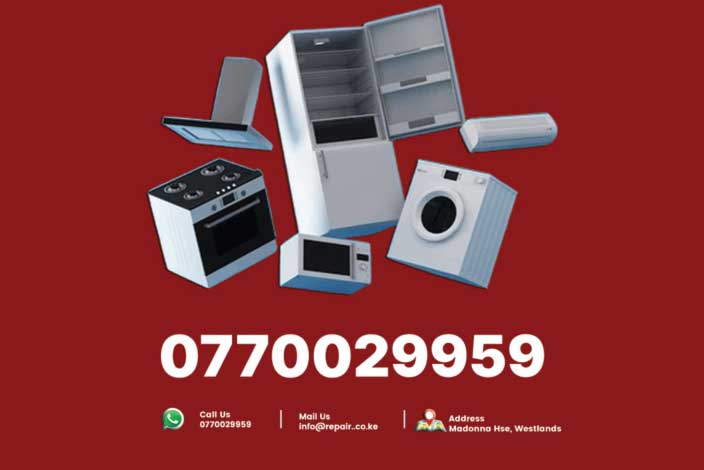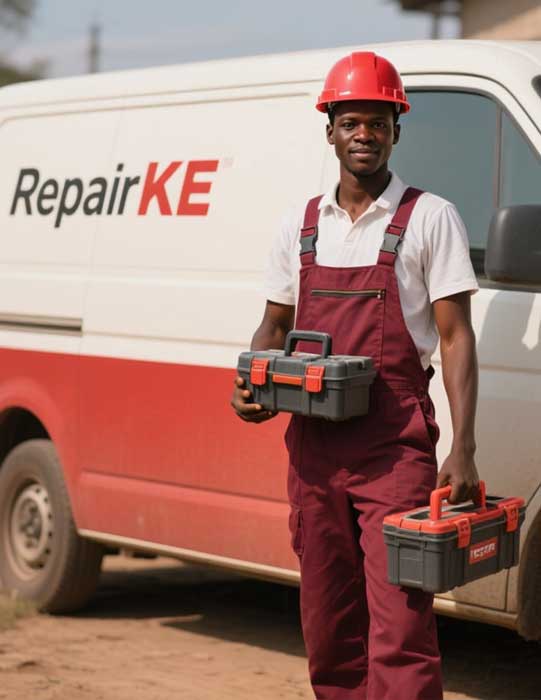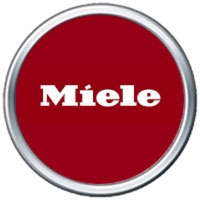Pedestal Washing Machines, How They Look & Function
Pedestal washing machines are popular in Kenya for their design and performance. Repair.co.ke explains how these machines look and work. They are front-load washers raised on a pedestal base. This design makes them different from standard top-load or front-load machines without a pedestal.
The pedestal is a sturdy platform, usually 10 to 15 inches tall. It lifts the washing machine off the ground. This makes loading and unloading clothes easier. You don’t need to bend down as much. The pedestal is made of metal or durable plastic. It matches the washing machine’s color, often white, silver, or black. Some pedestals have a drawer for storage. You can keep detergent, fabric softener, or laundry tools in it.
The washing machine itself looks like a typical front-load model. It has a round glass door on the front. The door is clear or tinted, so you can see clothes inside. The control panel is above the door. It has buttons, dials, or a digital display. Some models have touch screens. The panel shows settings like wash cycle, water temperature, and spin speed. The machine’s body is rectangular, about 27 inches wide and 30 to 34 inches deep. It fits in most laundry spaces.
Pedestal washing machines come in different sizes. Smaller models hold 7 to 10 kilograms of clothes. Larger ones hold up to 15 kilograms. They are built for homes, apartments, or small businesses. Brands like Samsung, LG, Bosch, and Whirlpool make these machines. Each brand adds unique features, but the basic look stays the same.
The pedestal does more than raise the machine. It reduces vibration during the spin cycle. This keeps the machine stable, even at high speeds. Some pedestals have shock-absorbing technology. This makes the machine quieter. It also protects the floor from damage. The pedestal’s design ensures the machine stays level, which is important for proper function.
Pedestal washing machines work like other front-load washers. Clothes go into the drum through the front door. The drum is a metal cylinder with small holes. It spins to clean clothes. Water and detergent enter the drum through pipes. The machine has a motor that controls the drum’s movement. It spins slowly during washing and faster during rinsing and spinning.
The wash cycle starts when you select settings on the control panel. You choose the cycle based on the type of clothes. Options include normal, delicate, heavy-duty, or quick wash. Some machines have special cycles for wool, bedding, or stains. You can also set the water temperature. Hot water cleans tough stains. Cold water saves energy and protects delicate fabrics. Spin speed settings control how dry clothes are after the cycle.
Water enters the drum through a valve. Detergent mixes with water in a dispenser. The drum rotates to agitate clothes. This movement lifts and drops clothes to remove dirt. Sensors in modern machines detect load size and adjust water use. This saves water and energy. Some models have steam features. Steam helps remove deep stains and wrinkles.
After washing, the machine drains dirty water through a pump. The drum spins fast to remove excess water. This is the spin cycle. High spin speeds, up to 1400 RPM, make clothes drier. A good spin cycle reduces drying time. Some machines have an eco-mode to save power and water.
Pedestal washing machines have smart features in newer models. Some connect to Wi-Fi. You can control them with a smartphone app. You can start or stop cycles remotely. The app may send alerts when the cycle ends. Some machines have self-cleaning drums. This prevents mold and bad smells. Others have add-wash doors. You can add items during the cycle without stopping the machine.
Maintenance is important for pedestal washing machines. Repair.co.ke sees common issues like clogged drains, faulty pumps, or broken door seals. Regular cleaning prevents problems. Clean the drum and dispenser monthly. Check the filter for lint or debris. Use the right amount of detergent to avoid buildup. If the machine shakes too much, the pedestal may need adjustment. Check its leveling screws to ensure stability.
Repair.co.ke offers expert repair for pedestal washing machines in Kenya. We fix issues like water leaks, drum failures, or control panel errors. Our technicians use genuine parts for brands like LG, Samsung, and Bosch. We diagnose problems with advanced tools. Most repairs are done in 24 to 48 hours. We also offer maintenance tips to keep your machine running well.
Pedestal washing machines are efficient and user-friendly. Their raised design saves your back. The pedestal adds stability and storage. They clean clothes well with advanced features. Smart technology makes them convenient. Regular care keeps them working for years. Contact Repair.co.ke for reliable service in Kenya.






